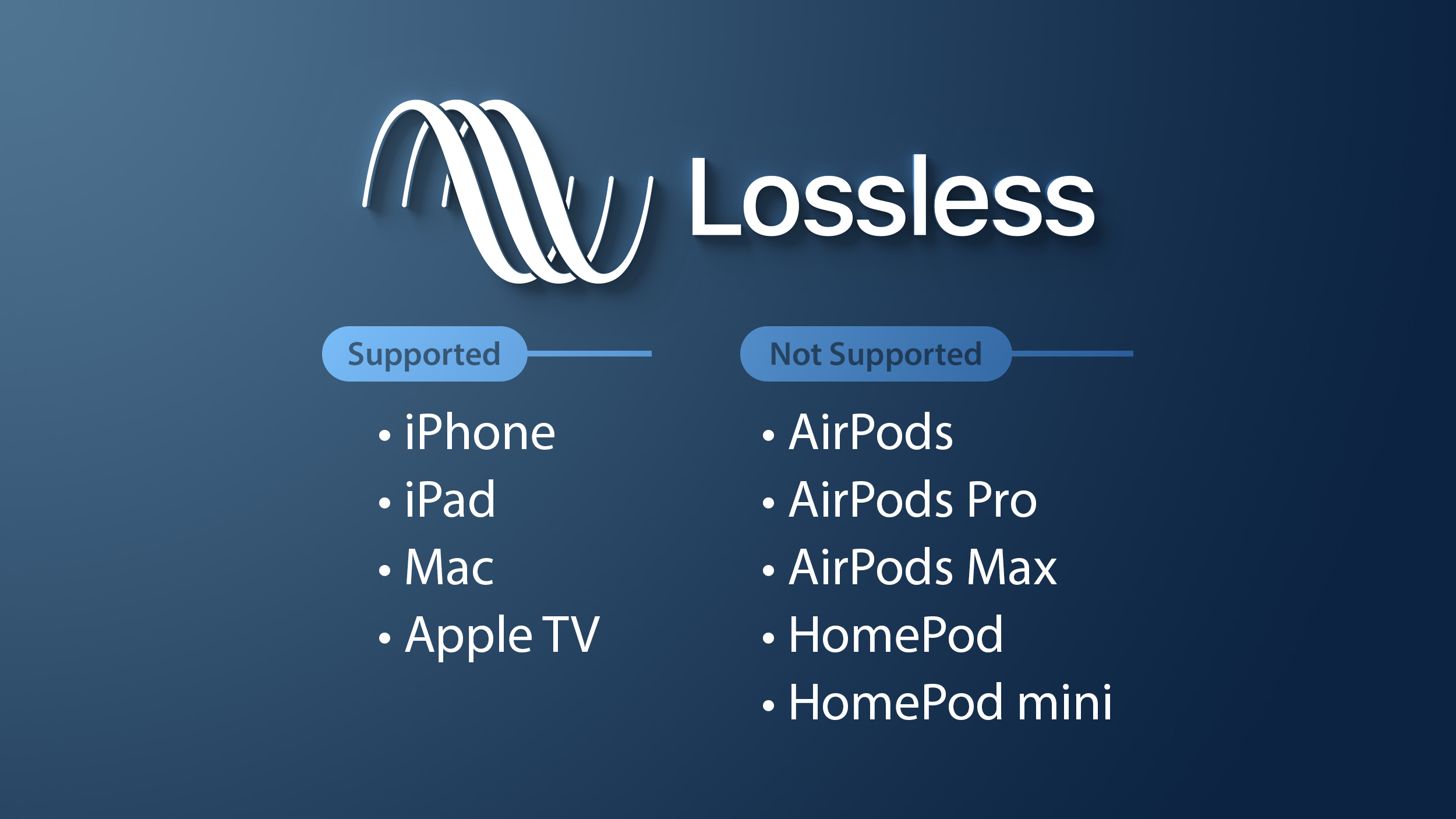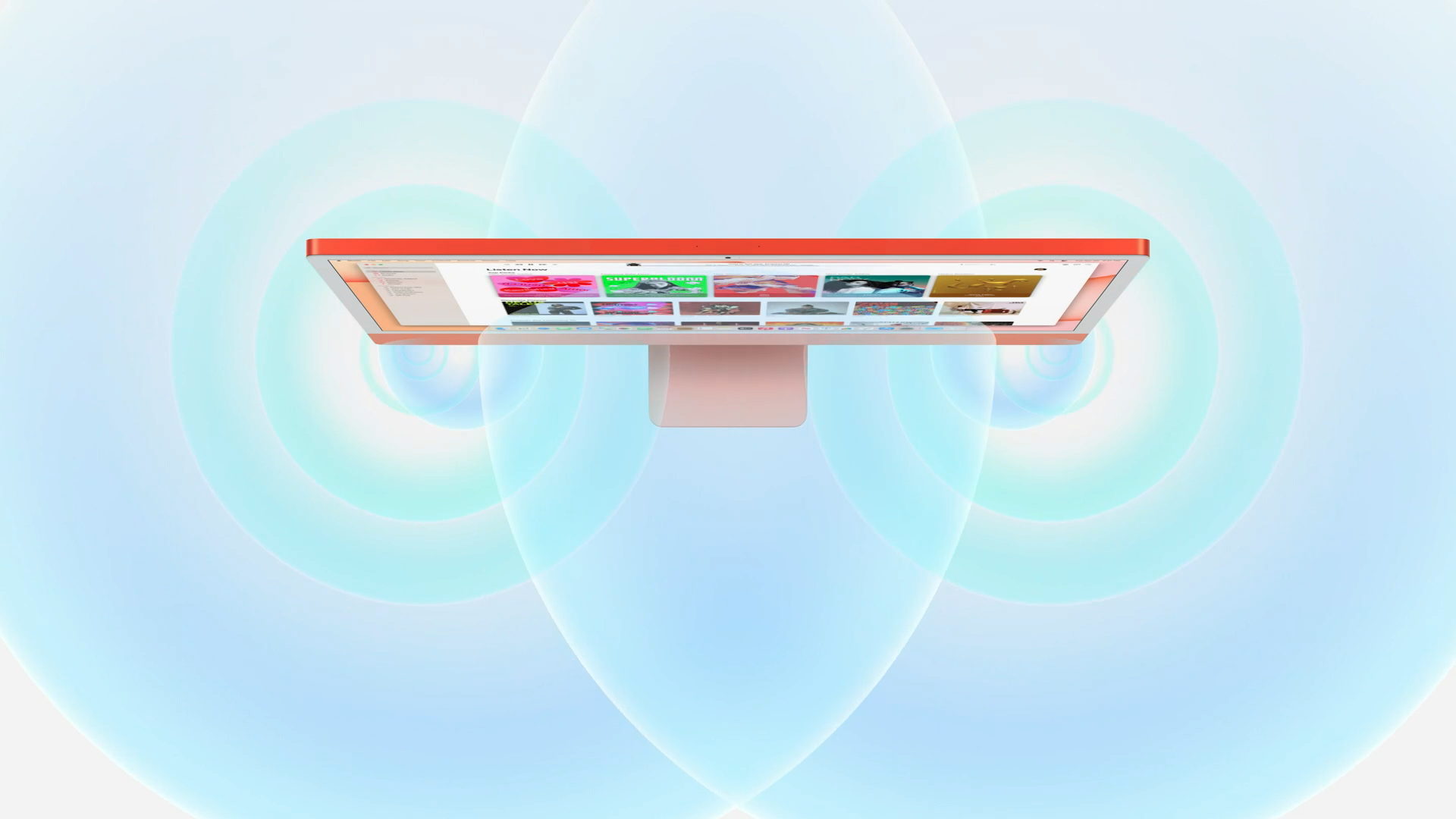I use my HomePod as a source for my KEF LS50 WII - these have a high-end DAC and AirPlay 2 as well as connect clients for the other streaming services. They can play 24/48 and up happily from those sources but I need my phone in my hand (or nearby) to do anything to the stream when not using the HomePod as a source.
I can just talk to the nearby HomePod "Hey Siri play XYZ in the Lounge" and all the controls work by voice and it appears on my iPhone too. Sounds great. Occasionally I use multi-room.
What I want is just 24/48 to pass-through from my HomePod in this scenario since it gives great voice control, doesn't need my phone in my hand and I can do multi-room. AirPlay 2 is limited to 24/48 but I don't see that as a major.
I just want to not have the whole thing coming from my iPhone and to be at a better quality but not Max quality since my speakers live in a normal room in the real world.
My home devices to play music are: HomePod - kitchen/family room, HomePod Mini - bathroom, Apple TV 4K Gen 2 - bedroom (though TV to Paradigm 2.1), KEF in lounge. They have different DAC capabilities but all do AirPlay 2.
The lowest capability device will either have to drop out of Multi-Room or all will have to play a lower quality stream to accommodate that device. It is rare I do multi-room in the whole house. Usually (Lounge + Kitchen) OR (Bedroom + Bathroom).
I can tell the HomePod to get the Apple TV to play to the KEFs but that gets clunky and I may as well just AirPlay from my phone. So I'm back to having a device in my hand or nearby to talk to.
I am grateful this is coming, but AirPlay 2 as a source to non-Apple devices needs a think.
I can just talk to the nearby HomePod "Hey Siri play XYZ in the Lounge" and all the controls work by voice and it appears on my iPhone too. Sounds great. Occasionally I use multi-room.
What I want is just 24/48 to pass-through from my HomePod in this scenario since it gives great voice control, doesn't need my phone in my hand and I can do multi-room. AirPlay 2 is limited to 24/48 but I don't see that as a major.
I just want to not have the whole thing coming from my iPhone and to be at a better quality but not Max quality since my speakers live in a normal room in the real world.
My home devices to play music are: HomePod - kitchen/family room, HomePod Mini - bathroom, Apple TV 4K Gen 2 - bedroom (though TV to Paradigm 2.1), KEF in lounge. They have different DAC capabilities but all do AirPlay 2.
The lowest capability device will either have to drop out of Multi-Room or all will have to play a lower quality stream to accommodate that device. It is rare I do multi-room in the whole house. Usually (Lounge + Kitchen) OR (Bedroom + Bathroom).
I can tell the HomePod to get the Apple TV to play to the KEFs but that gets clunky and I may as well just AirPlay from my phone. So I'm back to having a device in my hand or nearby to talk to.
I am grateful this is coming, but AirPlay 2 as a source to non-Apple devices needs a think.





